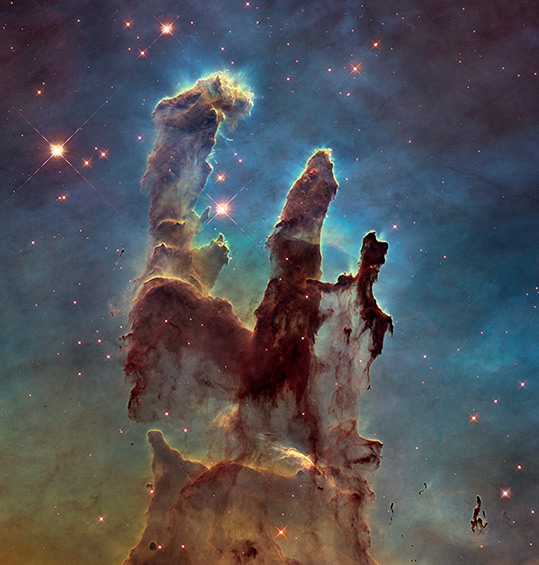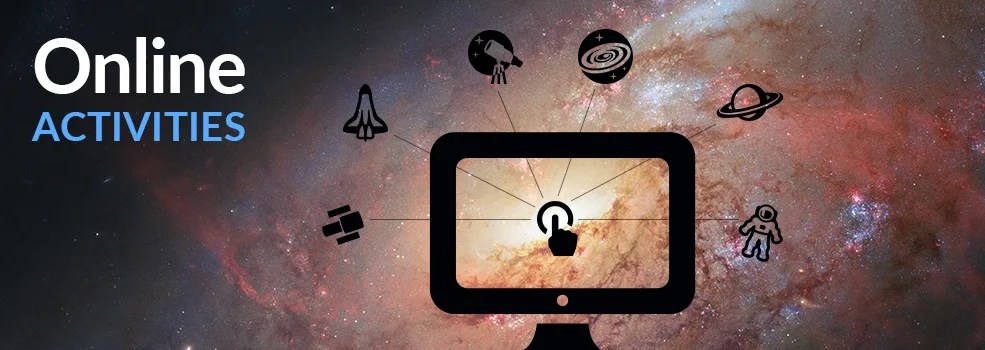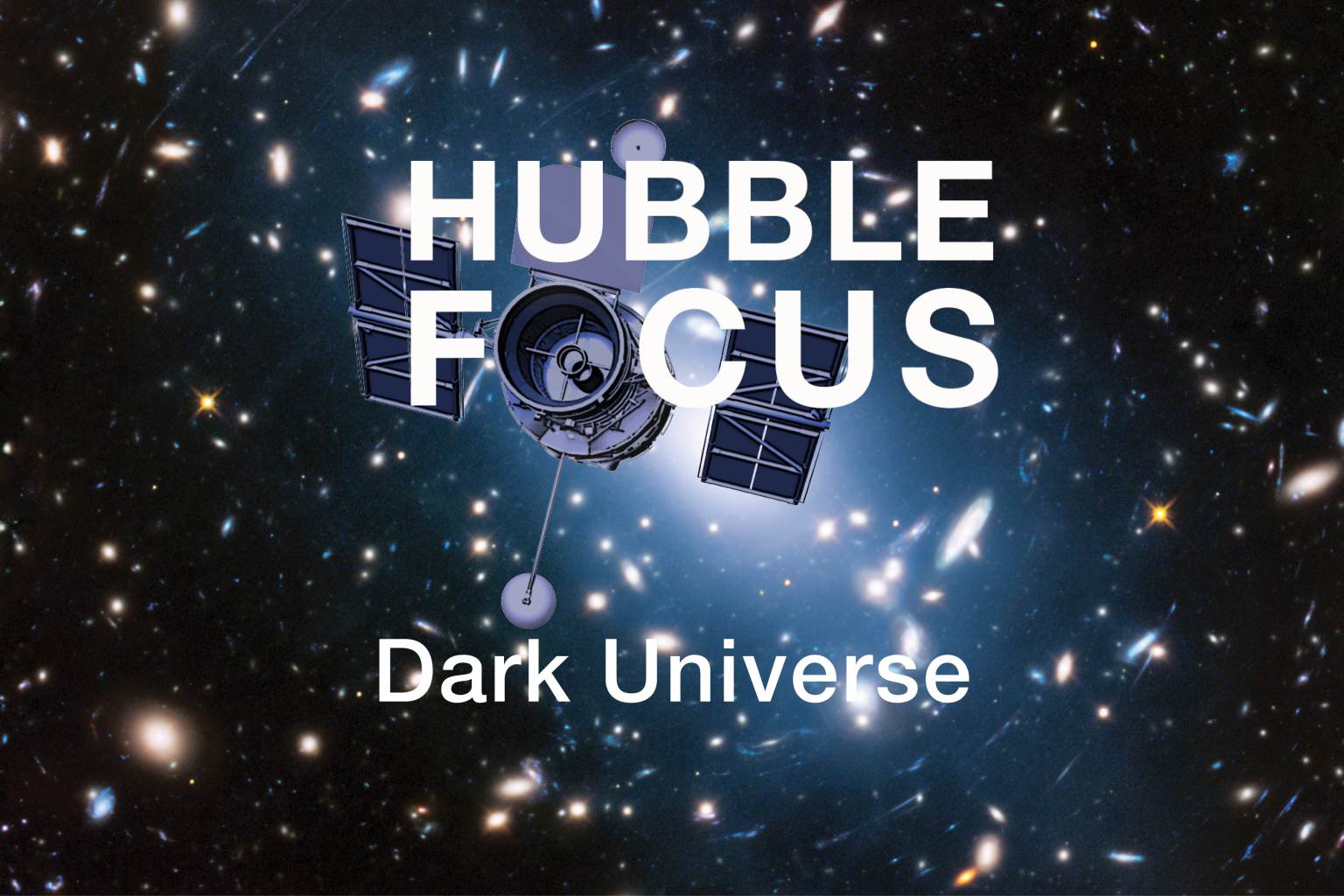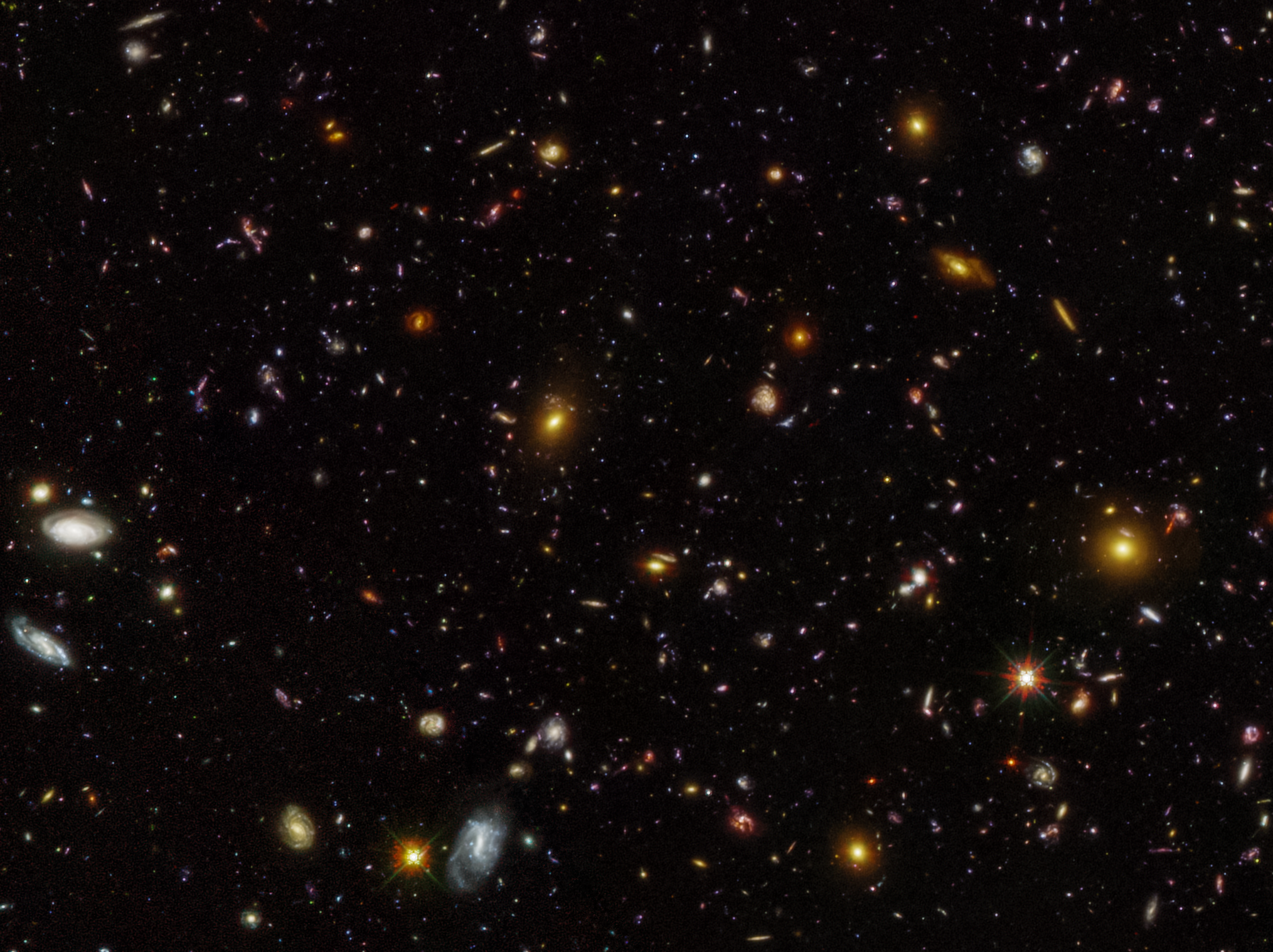Hubble Space Telescope Home NASA’s Hubble Finds More… Missions Hubble Home Overview About Hubble The History of Hubble Hubble Timeline Why Have a Telescope in Space? Hubble by the Numbers At the Museum FAQs Impact & Benefits Hubble’s Impact & Benefits Science Impacts Cultural Impact Technology Benefits Impact on Human Spaceflight Astro Community Impacts Science Hubble Science Science Themes Science Highlights Science Behind Discoveries Hubble’s Partners in Science Universe Uncovered Explore the Night Sky Observatory Hubble Observatory Hubble Design Mission Operations Missions to Hubble Hubble vs Webb Team Hubble Team Career Aspirations Hubble Astronauts News Hubble News Hubble News Archive Social Media Media Resources Multimedia Multimedia Images Videos Sonifications Podcasts E-books Lithographs Fact Sheets Glossary Posters Hubble on the NASA App More Online Activities 4 Min Read NASA’s Hubble Finds More Black Holes than Expected in the Early Universe  The Hubble Ultra Deep Field of nearly 10,000 galaxies is the deepest visible-light image of the cosmos. The image required 800 exposures taken over 400 Hubble orbits around Earth. The total amount of exposure time was 11.3 days, taken between Sept. 24, 2003 and Jan. 16, 2004. Credits:
The Hubble Ultra Deep Field of nearly 10,000 galaxies is the deepest visible-light image of the cosmos. The image required 800 exposures taken over 400 Hubble orbits around Earth. The total amount of exposure time was 11.3 days, taken between Sept. 24, 2003 and Jan. 16, 2004. Credits:
NASA, ESA, S. Beckwith (STScI) and the HUDF Team With the help of NASA’s Hubble Space Telescope, an international team of researchers led by scientists in the Department of Astronomy at Stockholm University has found more black holes in the early universe than has previously been reported. The new result can help scientists understand how supermassive black holes were created.
Currently, scientists do not have a complete picture of how the first black holes formed not long after the big bang. It is known that supermassive black holes, that can weigh more than a billion suns, exist at the center of several galaxies less than a billion years after the big bang.
“Many of these objects seem to be more massive than we originally thought they could be at such early times — either they formed very massive or they grew extremely quickly,” said Alice Young, a PhD student from Stockholm University and co-author of the study published in The Astrophysical Journal Letters.
 This is a new image of the Hubble Ultra Deep Field. The first deep imaging of the field was done with Hubble in 2004. The same survey field was observed again by Hubble several years later, and was then reimaged in 2023. By comparing Hubble Wide Field Camera 3 near-infrared exposures taken in 2009, 2012, and 2023, astronomers found evidence for flickering supermassive black holes in the hearts of early galaxies. One example is seen as a bright object in the inset. Some supermassive black holes do not swallow surrounding material constantly, but in fits and bursts, making their brightness flicker. This can be detected by comparing Hubble Ultra Deep Field frames taken at different epochs. The survey found more black holes than predicted. NASA, ESA, Matthew Hayes (Stockholm University); Acknowledgment: Steven V.W. Beckwith (UC Berkeley), Garth Illingworth (UC Santa Cruz), Richard Ellis (UCL); Image Processing: Joseph DePasquale (STScI)
This is a new image of the Hubble Ultra Deep Field. The first deep imaging of the field was done with Hubble in 2004. The same survey field was observed again by Hubble several years later, and was then reimaged in 2023. By comparing Hubble Wide Field Camera 3 near-infrared exposures taken in 2009, 2012, and 2023, astronomers found evidence for flickering supermassive black holes in the hearts of early galaxies. One example is seen as a bright object in the inset. Some supermassive black holes do not swallow surrounding material constantly, but in fits and bursts, making their brightness flicker. This can be detected by comparing Hubble Ultra Deep Field frames taken at different epochs. The survey found more black holes than predicted. NASA, ESA, Matthew Hayes (Stockholm University); Acknowledgment: Steven V.W. Beckwith (UC Berkeley), Garth Illingworth (UC Santa Cruz), Richard Ellis (UCL); Image Processing: Joseph DePasquale (STScI)
Download this image
Black holes play an important role in the lifecycle of all galaxies, but there are major uncertainties in our understanding of how galaxies evolve. In order to gain a complete picture of the link between galaxy and black hole evolution, the researchers used Hubble to survey how many black holes exist among a population of faint galaxies when the universe was just a few percent of its current age.
Initial observations of the survey region were re-photographed by Hubble after several years. This allowed the team to measure variations in the brightness of galaxies. These variations are a telltale sign of black holes. The team identified more black holes than previously found by other methods.
The new observational results suggest that some black holes likely formed by the collapse of massive, pristine stars during the first billion years of cosmic time. These types of stars can only exist at very early times in the universe, because later-generation stars are polluted by the remnants of stars that have already lived and died. Other alternatives for black hole formation include collapsing gas clouds, mergers of stars in massive clusters, and “primordial” black holes that formed (by physically speculative mechanisms) in the first few seconds after the big bang. With this new information about black hole formation, more accurate models of galaxy formation can be constructed.
“The formation mechanism of early black holes is an important part of the puzzle of galaxy evolution,” said Matthew Hayes from the Department of Astronomy at Stockholm University and lead author of the study. “Together with models for how black holes grow, galaxy evolution calculations can now be placed on a more physically motivated footing, with an accurate scheme for how black holes came into existence from collapsing massive stars.”
Image Before/After Astronomers are also making observations with NASA’s James Webb Space Telescope to search for galactic black holes that formed soon after the big bang, to understand how massive they were and where they were located.
The Hubble Space Telescope has been operating for over three decades and continues to make ground-breaking discoveries that shape our fundamental understanding of the universe. Hubble is a project of international cooperation between NASA and ESA (European Space Agency). NASA’s Goddard Space Flight Center in Greenbelt, Maryland, manages the telescope and mission operations. Lockheed Martin Space, based in Denver, Colorado, also supports mission operations at Goddard. The Space Telescope Science Institute in Baltimore, Maryland, which is operated by the Association of Universities for Research in Astronomy, conducts Hubble science operations for NASA.
Facebook logo @NASAHubble @NASAHubble Instagram logo @NASAHubble Media Contact:
Claire Andreoli
NASA’s Goddard Space Flight Center, Greenbelt, MD
claire.andreoli@nasa.gov
Ray Villard
Space Telescope Science Institute, Baltimore, MD
Science Contact:
Matthew Hayes
Stockholm University, Stockholm, Sweden
Details Last Updated Sep 17, 2024 Editor Andrea Gianopoulos Location NASA Goddard Space Flight Center Related Terms Astrophysics Astrophysics Division Black Holes Goddard Space Flight Center Hubble Space Telescope Missions The Universe
Keep Exploring Discover More Topics From Hubble Hubble Space Telescope
Since its 1990 launch, the Hubble Space Telescope has changed our fundamental understanding of the universe.






